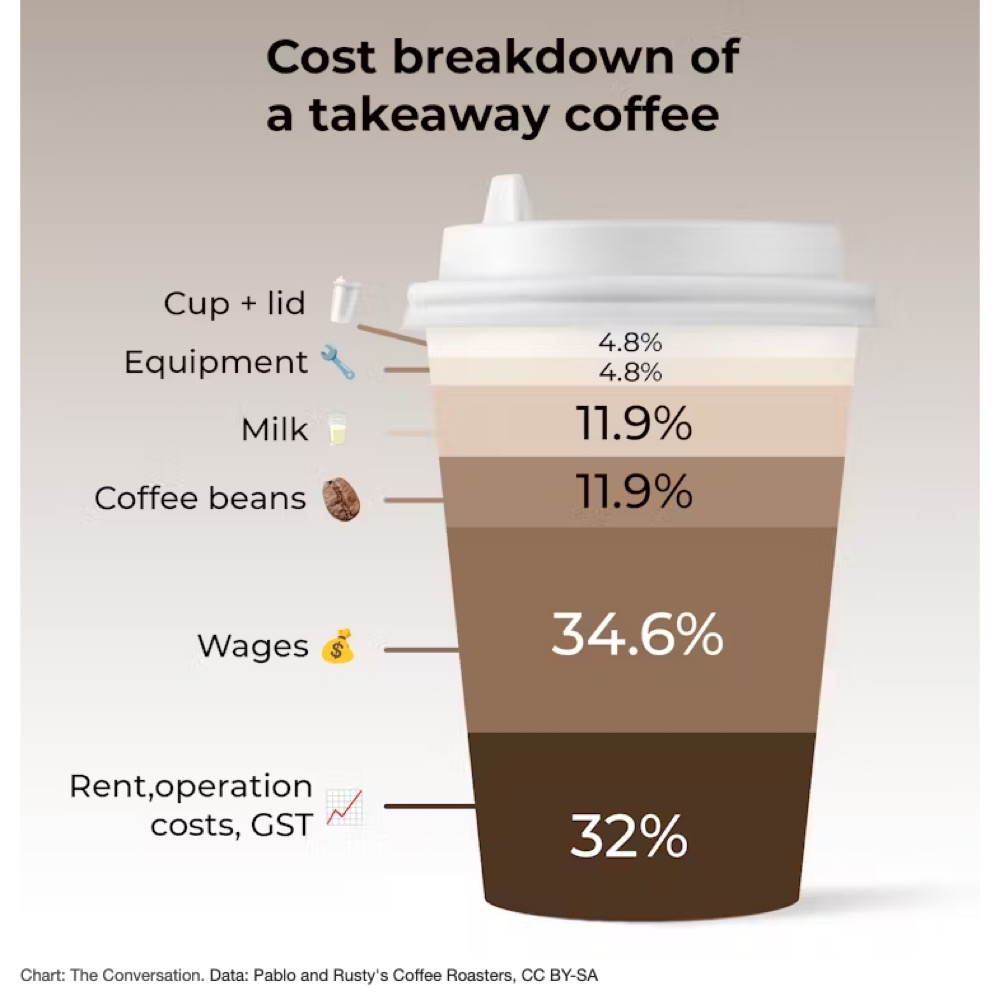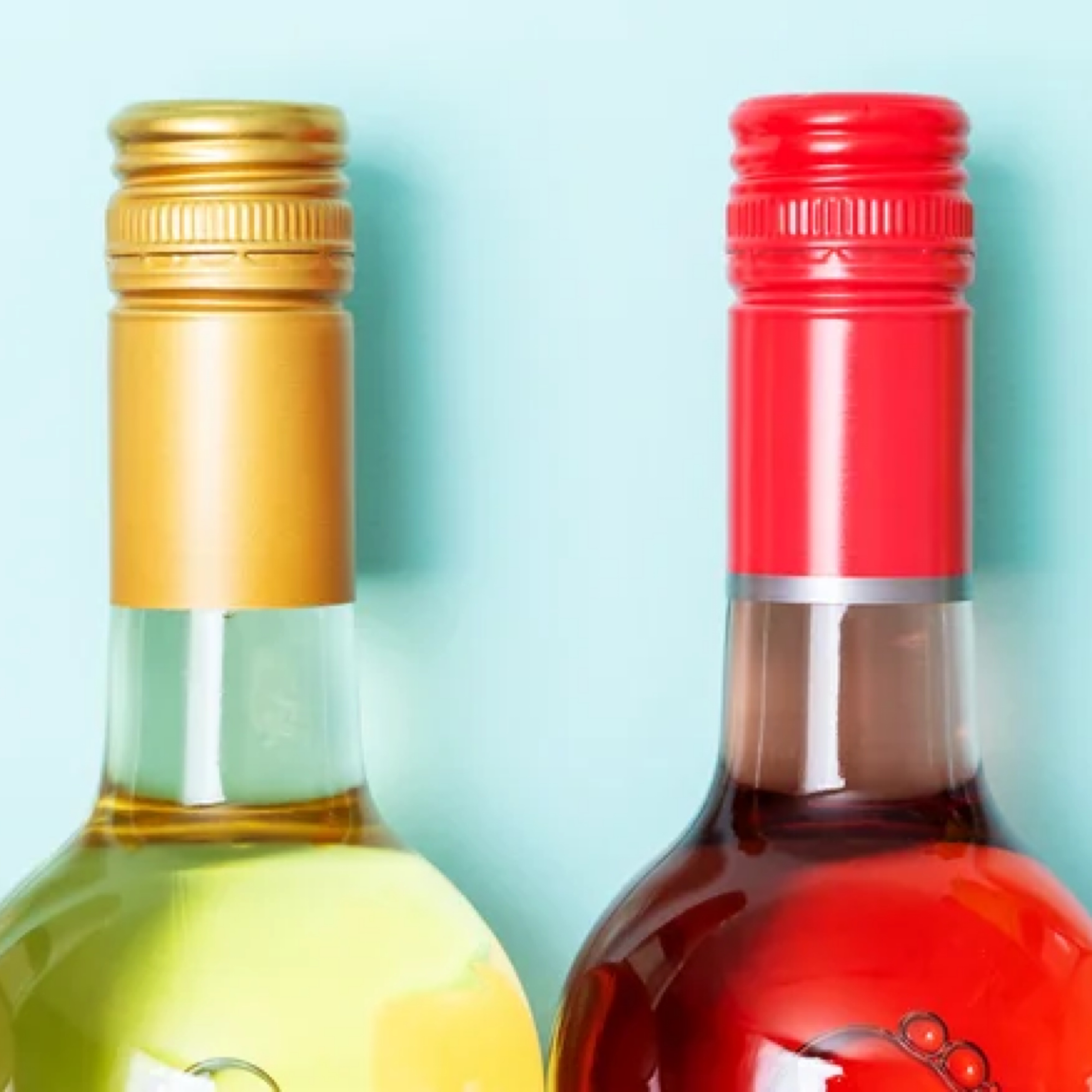Choosing kitchen equipment for enhanced operational efficiency
In recent years, the landscape of multi-unit food service operations has been plagued by financial volatility. Despite a resurgence in consumer dining habits post-pandemic, these businesses continue to encounter unique hurdles. Escalating food and beverage inventory costs pose significant operational challenges in the kitchen, exacerbating thin profit margins amidst persistent battles against inflation and soaring food prices.
In this context, compelling food and beverage inventory management is a critical priority for multi-unit restaurant businesses. Failure to address this issue can have dire consequences, both operationally and affecting brand reputation. Hence, proactive measures are imperative to safeguard these vital assets.
Central to this endeavour is minimizing food inventory loss, which directly impacts profitability and operational efficiency. Specifically, attention must be directed towards storing and monitoring inventory with refrigeration equipment. In the face of escalating costs and intensifying competition, how multi-unit operations manage their equipment operations can determine their success or failure.
Choosing kitchen equipment for enhanced operational efficiency
 Original story and image on Restobiz
Original story and image on Restobiz
 Original story and image on Yale Uni Insights
Original story and image on Yale Uni Insights
Is Uber Strangling the Restaurant Business?
Restauranteurs are reporting increasing difficulty in attracting and retaining servers because apps like Uber and Lyft offer another option for entry-level workers. Yale SOM’s Jiwoong Shin and his co-authors took advantage of the sudden departure and return of ridesharing in Austin, Texas, to understand its effect on restaurants. Their findings offer insights to cities looking to regulate gig-economy businesses.
Jiwoong Shin, professor of marketing at Yale SOM, likes to keep in touch with his former students. They tell him about what’s going on in the world and give him ideas for new research.
Shin was confused. Was Uber affecting people’s ability to get to his restaurants? Or was it competition from Uber Eats, Uber’s food delivery service? Neither, the student said. It was Uber itself. Driving for Uber, like working as an entry-level server, requires no special experience or qualifications, but the hours are more flexible and the working conditions and wages are potentially better. So every time a server was fully trained, a process that took six months or so, they would suddenly quit to drive for Uber.
Think $5.50 is too much for a flat white? Actually it’s too cheap, and our world-famous cafes are paying the price
Even in a stubborn cost-of-living crisis, it seems there’s one luxury most Australians won’t sacrifice – their daily cup of coffee.
Coffee sales have largely remained stable, even as financial pressures have bitten over the past few years.
So too have prices. Though many of us became upset when prices began to creep up last year, they’ve since largely settled in the range between $4.00 and $5.50 for a basic drink.
But this could soon have to change. By international standards, Australian coffee prices are low.
No one wants to pay more for essentials, least of all right now. But our independent cafes are struggling.
 Original story and image on The Conversation
Original story and image on The Conversation
 Original story and image on The Tasting Table
Original story and image on The Tasting Table
The History Of Screwtop Wine's Rise To Popularity Begins In Australia
In an industry that prides itself on tradition, screwtop wine bottles can be a little polarizing. There are more than a few of us who refuse to buy any wine that isn't corked and many more who secretly (or not so secretly) assume the wine is lower quality because of the package it comes in — and these aren't new opinions. When screwtop wine caps were invented in 1959, they met with similar resistance as today — only much worse.
Contrary to what you might assume, screw caps weren't a sleazy way for wineries to cut corners and save a penny. As trade routes became increasingly global, transportation of such a delicate product as wine became an increasingly difficult problem. Nowhere exemplifies the difficulties of this dilemma more than the land down under.
The History Of Screwtop Wine's Rise To Popularity Begins In Australia